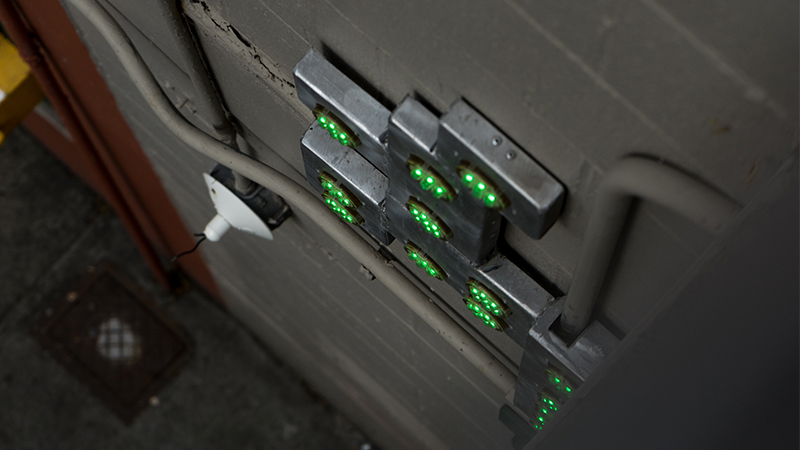Optimising wi-fi performance through collaboration
Researchers are designing software to ease wi-fi congestion by making it easier for neighbours to optimise their network performance collaboratively.
Researchers are designing software to ease wi-fi congestion by making it easier for neighbours to optimise their network performance collaboratively.

Researchers are designing software to ease wi-fi congestion by making it easier for neighbours to optimise their network performance collaboratively.
UNSW Canberra Associate Professor Frank den Hartog said that the “out of the box” settings of most current Wi-Fi equipment, particularly home routers/modems and similar devices, are not optimised for best performance.
“We have shown that if Wi-Fi equipment can somehow collaborate, helping neighbours with jointly and automatically optimising their settings, it could improve the situation significantly,” he said.
The simplest case of collaboration is two neighbours agreeing to reconfigure their equipment to different channels to avoid congestion. “However, most cases are much more complicated than this: many more neighbours need to be involved, who don’t necessarily know or like each other, and who don’t know how to configure their equipment,” Associate Professor den Hartog said.
“And we are not only talking about channel selection here. To fully optimise the Wi-Fi performance, we would also need to look at radio power settings, channel bonding, frame aggregation, etc. These all play a role. It was this complexity that led us to decide to try to automate this collaboration process, for which we are now designing algorithms, processes, and software.”
Wi-Fi congestion is caused by the fact that too many people in close range try to use the radio channel at the same time. So, how bad it can get? Associate Professor den Hartog said Wi-Fi already loses 80-90 percent of its performance during the early evening in modern apartment blocks.
A normal Wi-Fi connection, which would normally guarantee at least 25 Mbps of throughput is now reduced to about 3 Mbps. The first is enough for proper video streaming, the second is often not.

“This is also a security problem because in a noisy environment it is easier for ‘eavesdroppers’ to hide. This is not only true for sound (think about a busy noisy party), but also for radio communications. It is also relatively easy to make the system completely unusable by adding just a little more noise. In cyber security jargon, we call that a Denial-of-Service attack: if you know that your target’s Wi-Fi connection is already very lousy, you don’t need to do much to take it down completely,” he said.
The research also raises the idea of collaborators trading that performance with each other. Imagine two close neighbours, residents Amy and Bruce, observe that they both operate their Wi-Fi at overlapping frequency channels, and therefore ruin each other’s Wi-Fi performance. They agree to reconfigure their equipment to non-overlapping channel. In most cases this will be easily solved between residents. But now imagine that Amy runs a business from home, and Bruce does not. Under a performance trade, Amy could pay Bruce for not using a particular channel for her to gain some exclusivity on that channel. This will give her optimised Wi-Fi performance for her business at home.
Mechanisms for brokering and automating such trading already exist, for instance in smart grids. “My current research is focused on applying other mechanisms too, such as agent technology for automating the negotiation, and blockchain for protecting the contracts and the value transitions,” Associate Professor den Hartog said.
“In the future, matching offer and demand of wireless network performance should become as easy and secure as managing offer and demand of taxi rides has become today.”